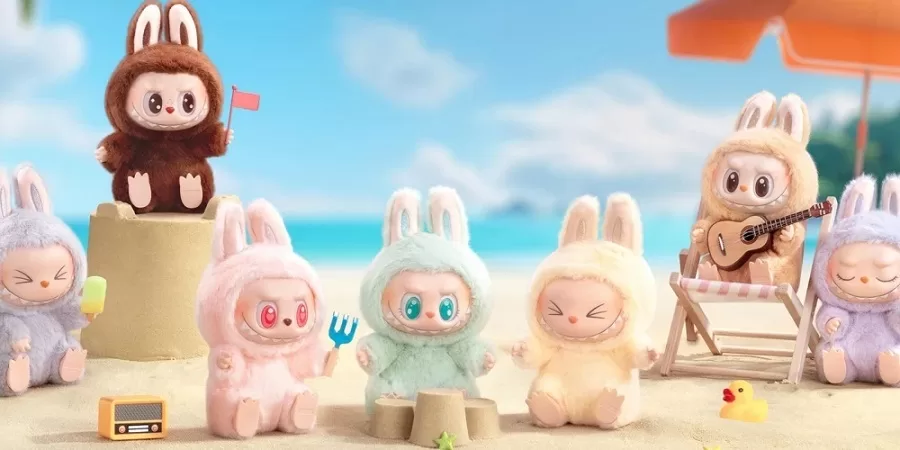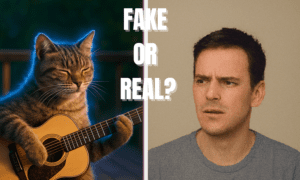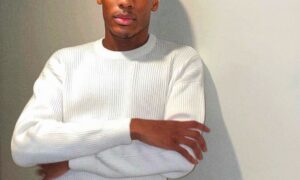In the ever-evolving world of pop culture, few phenomena have captured the zeitgeist quite like Labubu, the quirky, toothy, plush monster elf created by Hong Kong-born artist Kasing Lung. With her round, furry body, pointed ears, and mischievous grin showcasing nine sharp teeth, Labubu has transcended her origins as a character in a Nordic-inspired children’s book series to become a global collectible sensation. From TikTok unboxing videos to celebrity endorsements, Labubu has sparked frenzied demand, long queues, and a thriving resale market. This guest article explores the origins, appeal, and cultural impact of Labubu, delving into why this “ugly-cute” creature has become the ultimate accessory for Gen Z and millennial collectors.More Labubu surprise blind boxes!
Origins of Labubu: From Storybook to Global Icon
Labubu first appeared in 2015 as part of Kasing Lung’s “The Monsters” series, a trilogy of picture books inspired by Nordic folklore. Lung, raised in the Netherlands, drew on the fairy tales of his childhood to craft a whimsical world populated by elvish creatures like Labubu, Zimomo, Tycoco, and Mokoko. Described by Pop Mart, the Chinese toy company that brought Labubu to the masses, as “kind-hearted but often accidentally causing trouble,” Labubu’s impish charm set her apart from traditional cute characters like Hello Kitty or Rilakkuma.
In 2019, Lung partnered with Pop Mart to transform Labubu into collectible figurines, marking the beginning of her rise to fame. The introduction of keychain versions in the “Exciting Macaron” series in October 2023 capitalized on the growing bag charm trend, turning Labubu into a fashion statement. However, it was in April 2024 when K-pop star Lisa from BLACKPINK was spotted with a Labubu keychain on her Louis Vuitton bag that the character’s popularity exploded, igniting a global craze.
The Allure of the Blind Box: A Collectible Craze
A key driver of Labubu’s success is Pop Mart’s blind box sales model, which adds an element of surprise akin to opening a Pokémon card pack. Each sealed package contains a randomly selected figure from a themed series, such as “Have a Seat,” “Fall in Wild,” or the recent “Big into Energy” collection, with a rare “secret” figure hidden in circulation. This gamified purchasing experience fuels excitement and anticipation, as collectors eagerly tear open the foil to discover their prize. For instance, the “Have a Seat” series features six characters plus a coveted secret Labubu, with odds of unboxing the rare figure as low as 1 in 72.
This scarcity drives intense demand, with new releases selling out in seconds online and sparking long queues at Pop Mart’s brick-and-mortar stores. In Bangkok, fans lined up before dawn at CentralWorld mall for the “Big into Energy” drop, while in Los Angeles, some waited since 10 p.m. the previous night. The thrill of the hunt, combined with the joy of unboxing, has made Labubu a social media darling, with the #Labubu hashtag amassing tens of millions of views on TikTok.
Celebrity Endorsements and Social Media Amplification
Labubu’s rise to global stardom owes much to celebrity endorsements and social media. BLACKPINK’s Lisa, an early adopter, not only showcased her Labubu on Instagram but also decorated her Christmas tree with the dolls, declaring, “Labubu is my baby” in a Teen Vogue video. Other celebrities, including Rihanna, Dua Lipa, Kim Kardashian, and Chris Evans, have been spotted with Labubus clipped to their designer bags, elevating the plush toy to a status symbol. In Singapore, billionaire heiress Kim Lim and Thai actress Araya Alberta Hargate have further amplified the trend.
Social media platforms like TikTok and Instagram have been instrumental in Labubu’s viral spread. Over a million TikTok videos feature unboxing moments, outfit customizations, and displays of sprawling collections, fostering a sense of community among fans. From January 1 to May 20, 2025, Labubu garnered 876,000 mentions across social and traditional media, with engagement up 137% compared to the previous year. This digital fervor has not only boosted brand awareness but also driven the value of Labubu’s NFTs, as collectors seek to own digital versions of their favorite characters.
Cultural and Emotional Resonance
Beyond the hype, Labubu’s appeal lies in its emotional resonance with young collectors. Described as a “blank IP,” Labubu lacks a rigid backstory, allowing fans to project their own stories and emotions onto the character. This malleability makes Labubu a canvas for self-expression, as collectors dress their dolls in tiny outfits, attach false eyelashes, or pose them in elaborate dioramas. As one fan noted, Labubu “heals people’s inner child,” offering a nostalgic escape from adult responsibilities.
Labubu’s “defect aesthetic”—with its sharp teeth and quirky design—challenges conventional notions of cuteness, resonating with Gen Z’s embrace of individuality and non-conformity. Unlike traditional IPs with fixed narratives, Labubu invites fans to co-create its world, fostering a sense of ownership and community. This participatory culture is evident in the thriving sub-market for fan-made accessories, from mini handbags to custom clothing, further deepening collectors’ emotional investment.
Economic Impact and Market Dynamics
Labubu’s popularity has translated into significant economic impact for Pop Mart. In 2024, the company reported $1.8 billion in revenue, with “The Monsters” series contributing $400 million—a 726% increase from the previous year. The resale market is equally robust, with standard Labubu keychains retailing for $27.99 but fetching up to $880 on platforms like StockX for limited-edition variants. In some cases, rare figures like the “Secret” Chestnut Cocoa from the Exciting Macaron series have sold for $2,500.
However, the craze has not been without controversy. In May 2025, Pop Mart UK paused Labubu sales after a reported altercation among fans vying for limited stock, highlighting the intensity of the collector frenzy. Additionally, the influx of counterfeit Labubus, such as the knockoff “Lafufu,” has frustrated fans, with some, like Beijing resident Kate Yang, falling victim to fake purchases from resellers.
Global Reach and Future Prospects
Labubu’s influence extends far beyond Asia, with Pop Mart stores in North America, Europe, and Australia reporting similar fervor. Collaborations with brands like Coca-Cola, Uniqlo, and even the Louvre for the “Labubu’s Artistic Quest” series have broadened its appeal. In Singapore, a Merlion-themed Labubu keychain sold out within minutes, later appearing on resale platforms for hundreds of dollars.
Looking ahead, Labubu’s trajectory shows no signs of slowing. JPMorgan predicts a 152% increase in overseas sales for 2025, underscoring its status as a “super IP.” As Pop Mart continues to innovate with new collections and collaborations, Labubu is poised to remain a cultural juggernaut, blending nostalgia, fashion, and collectible culture into a phenomenon that transcends borders.
Conclusion
Labubu is more than a plush toy; she’s a cultural phenomenon that taps into the desires of a generation seeking connection, individuality, and joy. From her Nordic folklore roots to her status as a global fashion icon, Labubu’s mischievous grin has captured hearts worldwide. As collectors continue to chase rare variants and customize their dolls, Labubu’s legacy as a symbol of playful rebellion and emotional companionship is firmly cemented. Whether dangling from a Birkin bag or starring in a TikTok unboxing, Labubu proves that sometimes, a little mischief goes a long way.





























